Immersive content
Explore the latest SelectScience content hubs, covering the hot topics for all our scientific communities

Developed as an extension of Agilent’s Virtual Bioanalyzer Upgrade Summit, this hub brings together a curated collection of educational resources, expert-led presentations, and technical innovations, all designed to support scientists working on genomic and protein analysis.
Visit resource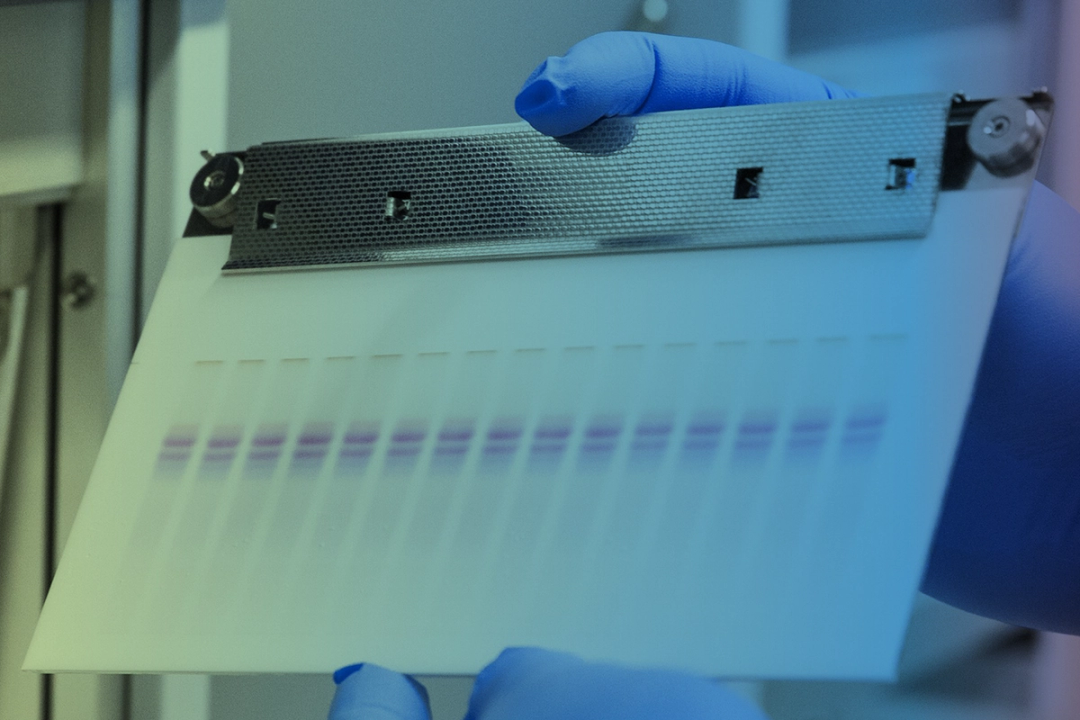
Explore the principles and applications of high-performance thin-layer chromatography (HPTLC), a precise analytical technique used across pharmaceuticals, food safety, forensics, and more.
Visit resource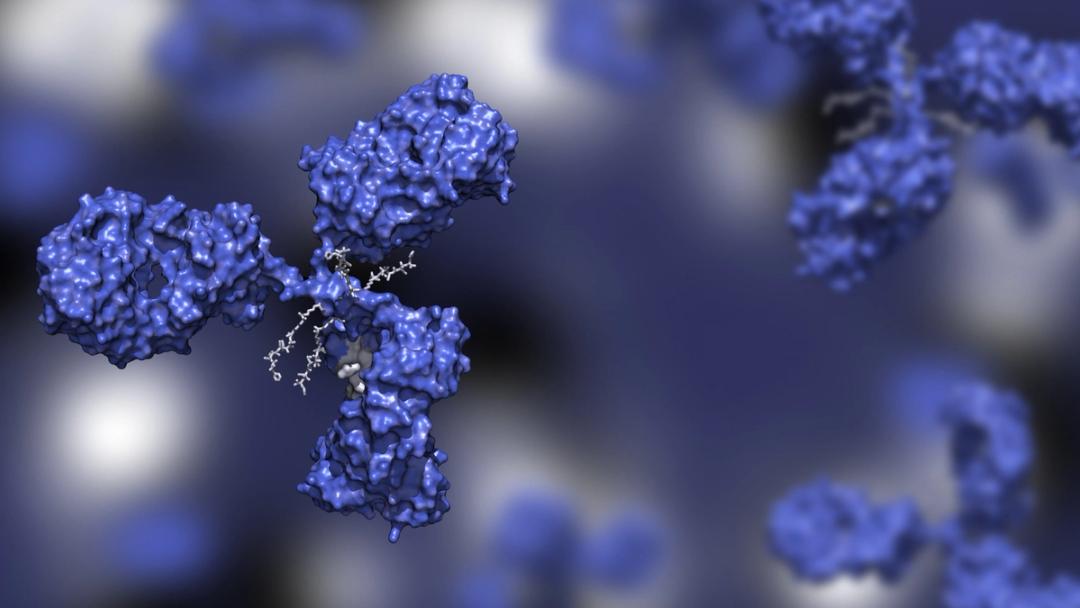
Explore the application of advanced light scattering techniques and linked instrumentation to protein characterization across the biologics pipeline, covering candidate selection and formulation to process development and the quality control of final drug product.
Visit resource
Raman spectroscopy's ability to provide non-destructive, highly specific chemical analysis makes it indispensable for material characterization, chemical fingerprinting, and real-time process monitoring—all with minimal sample preparation. This content hub serves as a comprehensive resource for scientists and professionals looking to harness the full potential of Raman spectroscopy.
Visit resource
Explore an application-based guide to analyzing antibody- and oligonucleotide-based therapeutics across the biopharmaceutical development pipeline. Learn how cutting-edge chromatography and mass spectrometry tools, cell culture media analysis platforms, and informatics software can support each production stage – from cell culture optimization to final product characterization.
Visit resource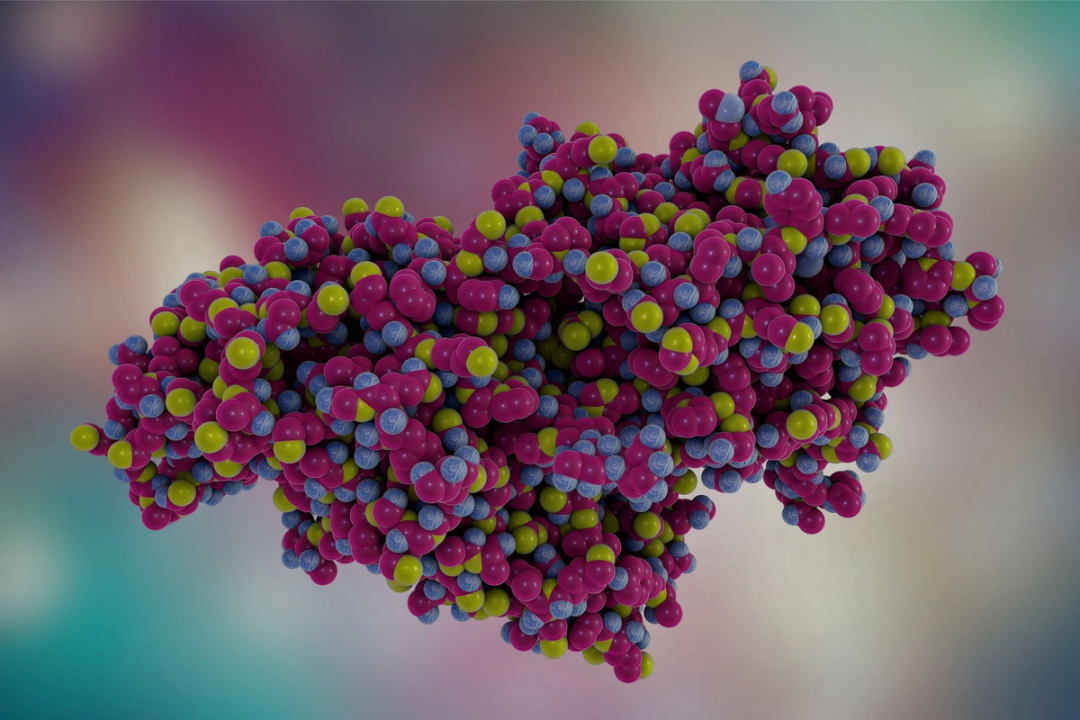
Explore a collection of expert resources that highlight how the latest automated sample preparation platforms, reagents, and software can address challenges in targeted and discovery proteomics, ensuring consistency and accuracy across experiments while boosting scalability. Discover how these tools are empowering researchers across low- to high-throughput proteomics to accelerate discoveries and unlock deeper proteomic insights to advance the field.
Visit resource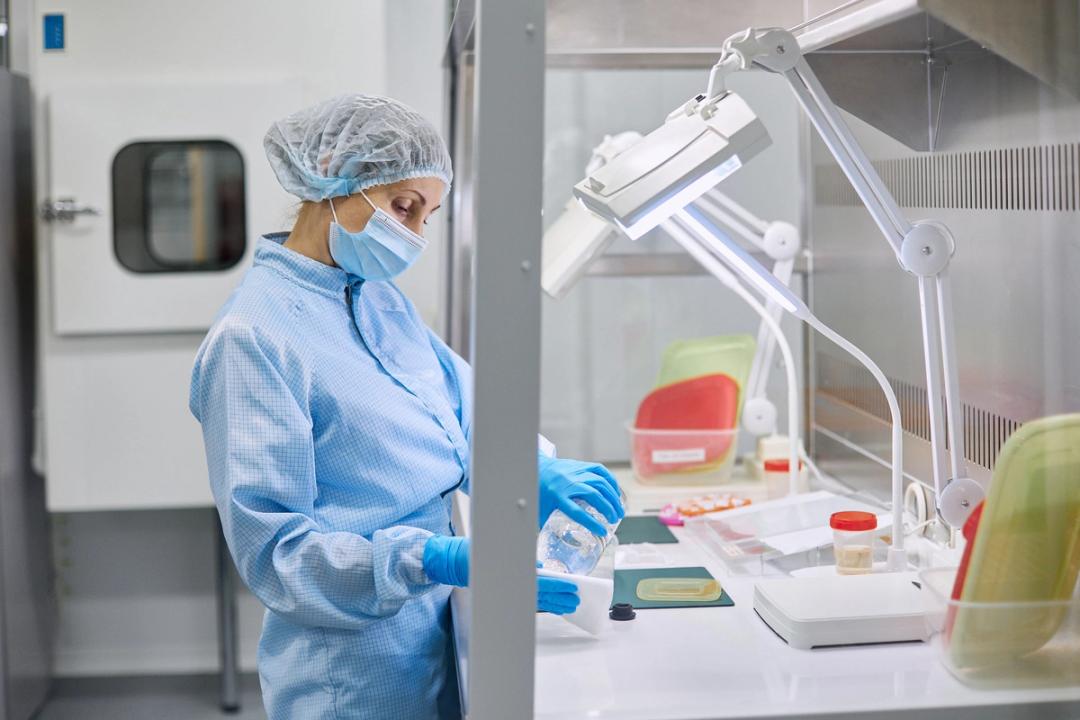
With the lifespan of biosafety cabinets being over 15 years, it is imperative to understand what factors contribute to their longevity and optimal performance. Join us on a journey through the lifecycle of biosafety cabinets, organized into the key phases of a biosafety cabinet's life, starting from the crucial stages of selection, configuration, and installation, guiding you seamlessly through ongoing use and maintenance, and, finally, in the safe retirement of your equipment after years of service.
Visit resource
For water testing laboratories, assessing the quality and safety of water can present numerous challenges. These labs are tasked with delivering reliable and timely results for various applications, analyzing diverse water sources, and adhering to strict regulatory standards – all while controlling costs and minimizing downtime. Fortunately, with improvements in analytical instrumentation and methods, testing labs can become fully equipped to meet these demands. As a leader in this field, Thermo Fisher Scientific offers a comprehensive range of robust and easily implementable solutions that can enhance efficiency, reduce operational costs, and ensure accurate and compliant water testing.
Visit resource
From analyzing raw ingredients to evaluating final products, food safety testing is essential across the entire food value chain. Learn more about how Agilent’s LC/MS and GC/MS solutions optimize food safety and authenticity testing workflows to deliver the high-quality data needed to safeguard consumer health and ensure the integrity of the food supply chain.
Visit resource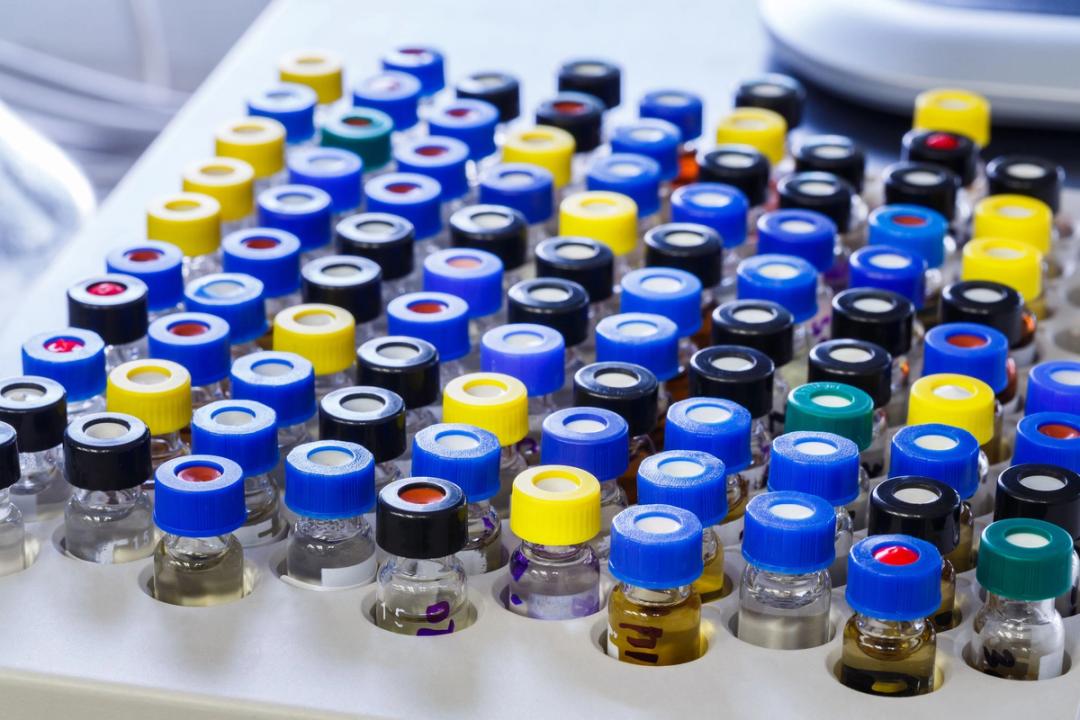
In the rapidly advancing fields of pharmaceuticals, biotechnology, and life sciences, the integrity and accuracy of analytical processes are vital. In this content hub, explore a range of free resources on bioinert hardware and discover how YMC Accura columns' coated bodies and frits prevent analyte interaction with metal ions. Additionally, learn how to achieve enhanced sensitivity and recovery with stable, sharp peak shapes from the initial injection, saving both time and samples.
Visit resource
To accelerate successful clinical outcomes and advance global human health, there is a critical need to expand the drug developers' toolbox with in vivo preclinical models that provide true translational data, especially for therapeutics with high human specificity. Delve into some of The Jackson Laboratory’s humanized mouse models and in vivo preclinical drug evaluation services.
Visit resource
This content hub provides an in-depth exploration of how to fine-tune microplate reader settings to align with specific microplate features, backed by evidence on how these adjustments directly influence data quality. Additionally, this hub offers strategies to maximize assay data quality. Through case studies featuring BMG LABTECH equipment, you'll gain insight into how their expertise in microplate reading can significantly enhance the performance of your microplate assays.
Visit resource
Summer School is in Session! Continue your education in quality control in the clinical laboratory with our curated resources. Our three Summer School sessions, comprising on-demand webinars presented by independent consultant Oswald Sonntag and supporting white papers, are designed to deepen your understanding of quality control practices in the clinical laboratory. Earn Continuing Professional Development (CPD) credits as you participate!
Visit resource
The revised EU GMP Annex 1 outlines comprehensive guidance for manufacturers of sterile medicinal products, focusing on aspects such as facility design, equipment control, system management, and procedural oversight to prevent microbial, particulate, and endotoxin/pyrogen contamination. To support adherence to the revised Annex 1 guidelines, this resource hub, offers access to tools for monitoring air and water quality to ensure product compliance with recommended parameters.
Visit resource
Proteogenomics is an interdisciplinary field that combines techniques from genomics and proteomics to study the relationship between an organism's genome and proteome. Proteogenomic studies are rapidly becoming a cornerstone in biological research and development, offering new insights into biological systems, drug discovery, and understanding diseases. In the resource below, we explore the new era of proteogenomics-driven research and how this is an integral tool for answering the biggest questions in human biology.
Visit resource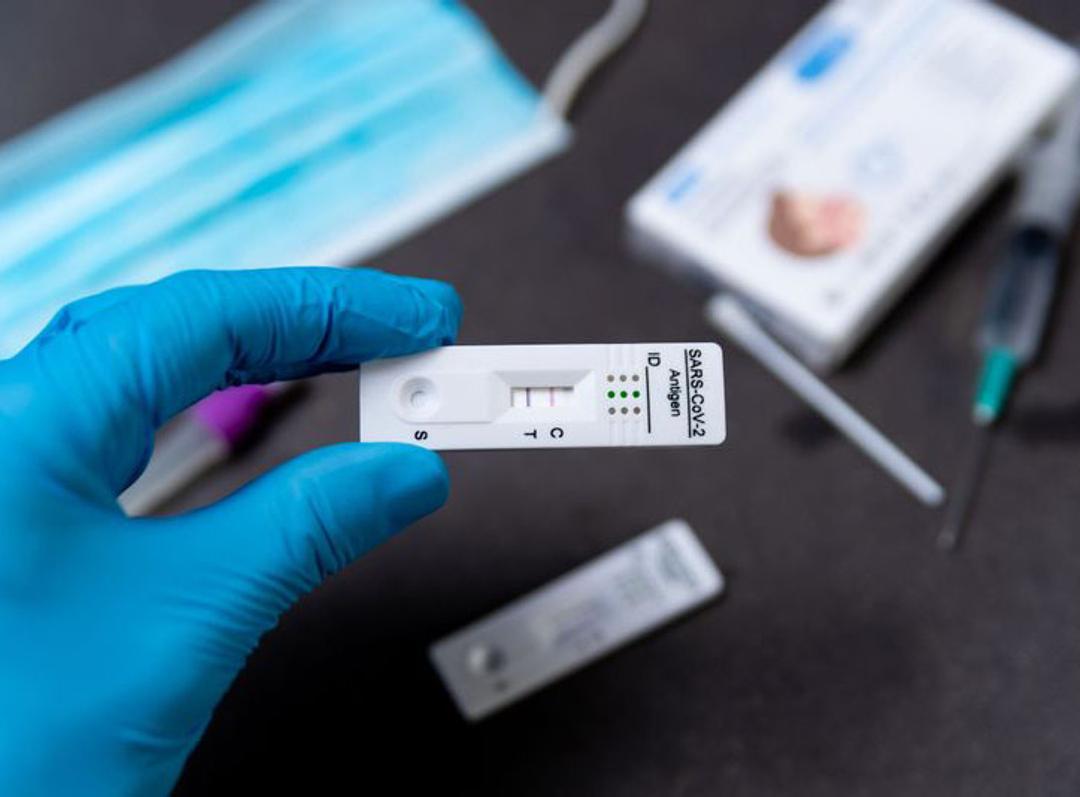
Clinical diagnostic tools provide important information for clinicians, enabling them to deliver a definitive diagnosis and appropriate treatment and/or management plan to a patient. Click below to explore the assays designed to detect infectious diseases, pathological conditions, and metabolic states to allow clinicians to treat patients with greater accuracy and speed than ever before.
Visit resource
Liquid chromatography-mass spectrometry (LC-MS) is increasingly used in clinical labs. Nevertheless, implementing LC-MS technology has its challenges. Read on to explore how to overcome these issues with Thermo Fisher Scientific's advanced instruments, automated tools, and user-friendly software. Explore streamlined workflows for fast compound analysis, see how surgeons use MS for rapid cancer detection, and learn about lab-developed test solutions through success stories from clinical mass spectrometry experts.
Visit resource
Composition analysis is a critical testing competency of food manufacturers and contract testing laboratories. Analyzing the composition of a product is vital to confirm compliance with regulations, accurate labeling, and consistent composition. This resource addresses five different aspects of food composition analysis – sugar, sugar substitutes and additives, vitamins, organic acids, and amino acids.
Visit resource
Per-and polyfluoroalkyl substances (PFAS) pose a significant challenge in contemporary environmental and health research due to their extensive use and enduring nature. Accurate, comprehensive analysis is essential to understand the environmental implications and potential health risks linked to PFAS compounds. This central hub contains knowledge and resources tailored to professionals focusing on PFAS analysis in drinking water, wastewater, and biofluids. Click below to explore, engage, and advance your expertise in PFAS analysis with us.
Visit resource
Explore how LC-MS/MS advancements and IVD-labeled tools are enhancing clinical labs, expanding testing menus, and improving patient care through real-world case studies and expert insights.
Visit resource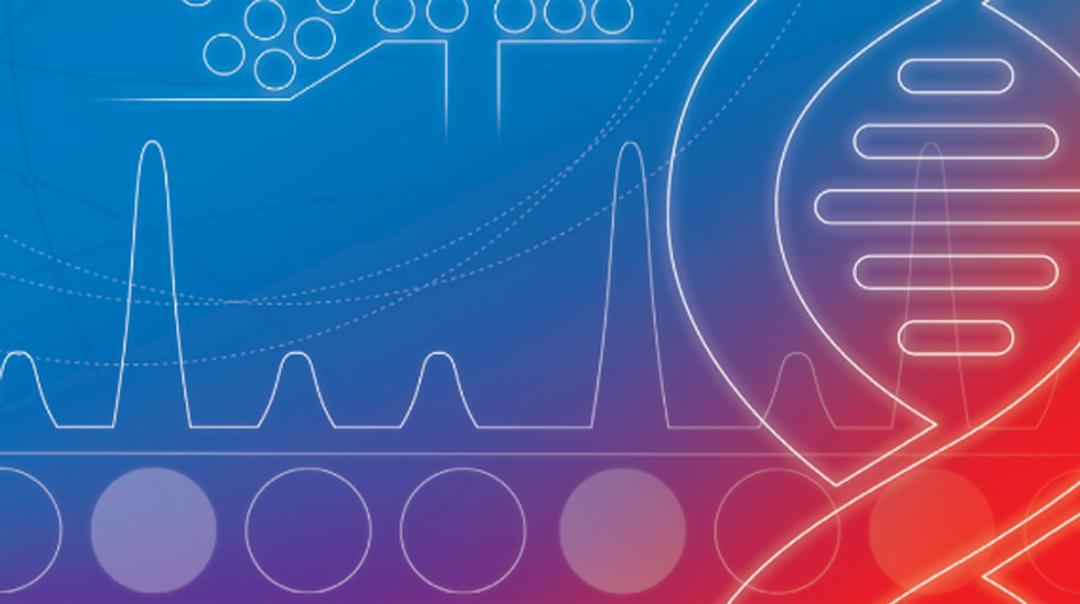
Digital PCR (dPCR) is a breakthrough technology that involves partitioning samples into thousands of individual real-time PCR reactions. In the context of cell and gene therapy, dPCR can play a pivotal role in several critical workflows, from identifying sequences of therapeutic interest to evaluating viral vector potency and detecting trace contamination by residual host cell DNA or adventitious agents such as Mycoplasma. In this resource, we explore these applications in detail through a curated collection of explainer videos, insightful articles, and free-to-download resources, and also consider the unique attributes of Bio-Rad’s Droplet Digital PCR (ddPCR) technology.
Visit resource
Host cell proteins (HCPs) are process-related impurities that are produced by the host organism during biotherapeutic production. Confident removal of HCPs is a key challenge in biotherapeutic development, and if left unremoved they can cause immunogenic responses and reduce drug efficacy. In this content hub, find expert resources that can help support your impurity detection and purification processes.
Visit resource
In the context of disease and therapeutics, cell analysis forms a vital component of the drug discovery workflow. Accurately characterizing how cellular ecosystems and cell-cell interactions drive physiological processes has the potential to direct the development of future therapeutics. The advanced cell analysis instruments from Agilent Technologies allow deeper insights into characterizing cell function and behavior. In this content hub, find resources specific to your research area, which describe how the Agilent cell analysis portfolio can provide a complete solution to cell analysis in your lab.
Visit resource
Microscopy has become an indispensable tool that has helped to advance the field of materials science, especially in nanotechnology. Microscopic imaging and analytical techniques allow researchers to effectively visualize and analyze the micro- and nanometer scaled structure and overall properties of a range of materials. Since there are a range of different microscopes available on the market, it is crucial the end user selects the most appropriate microscopy solution. Within this content hub, we explore solutions such as FE-SEM, FIB-SEM, and more.
Visit resource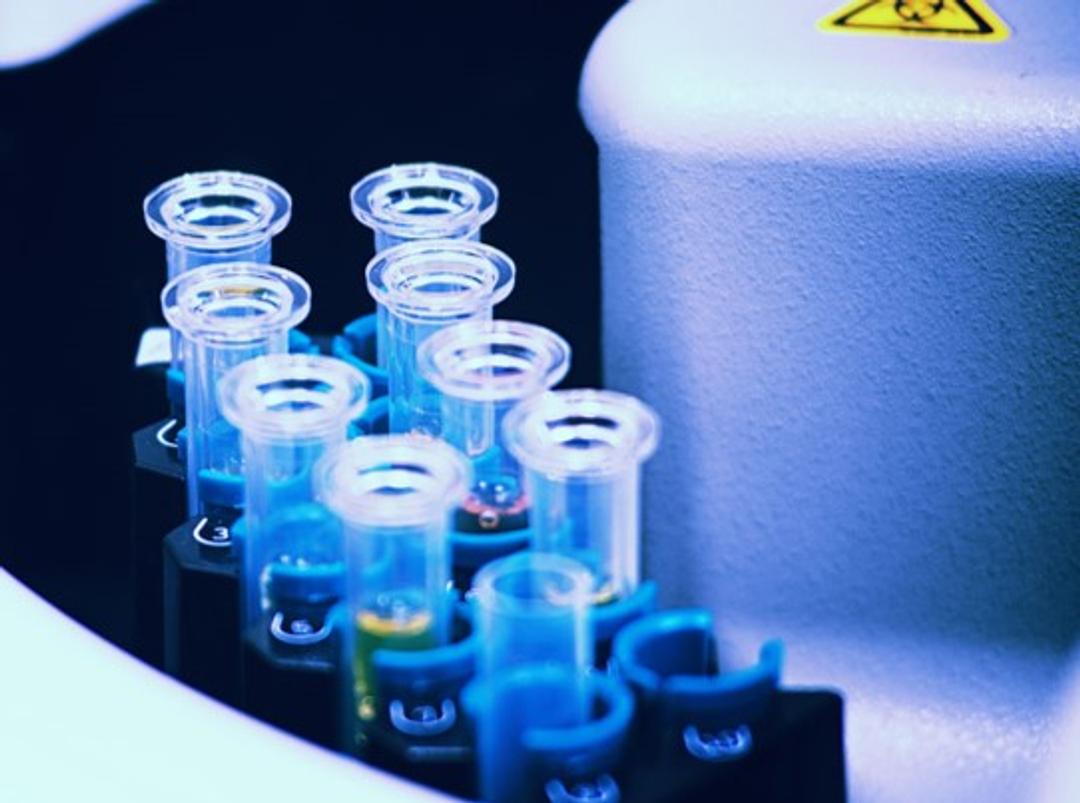
Liquid chromatography–mass spectrometry (LC-MS) is a powerful analytical technique commonly used for separation, identification, and quantification of both known and unknown compounds. However, selecting an appropriate LC-MS solution to meet your specific needs can be a challenge. In attempt to overcome this, Restek have been working to perfect the art and science of liquid chromatography by creating a range of specialized tools designed to streamline analyses, and help users master their analytical results. Use this content hub to explore some examples and understand their applications.
Visit resource
Analytical chemists and analysts face a mountain of challenges when it comes to developing and testing their analytical methods. Between keeping up with the literature, manual laboratory work, tackling tricky workflow issues, and keeping things slick and precise, it's a lot for one person to handle. The PAL Method Composer (PMC) tackles exactly this, making method creation a breeze. Click below for a series of resources which demonstrate the applications of PMC.
Visit resource
Laboratories are under increasing pressure to improve their productivity and throughput, while simultaneously addressing important sustainability issues. Therefore, there is a critical need for innovations that support laboratories through reducing downtime and increasing workflow efficiency, yet also reducing environmental impact. Developments in instrument intelligence can be utilized to streamline equipment function, improve laboratories’ experiences, and address these goals. View the resource below to understand how new technologies from Agilent, such as the 6475 triple quadrupole LC/MS, employ instrument intelligence to help laboratories face these issues.
Visit resource